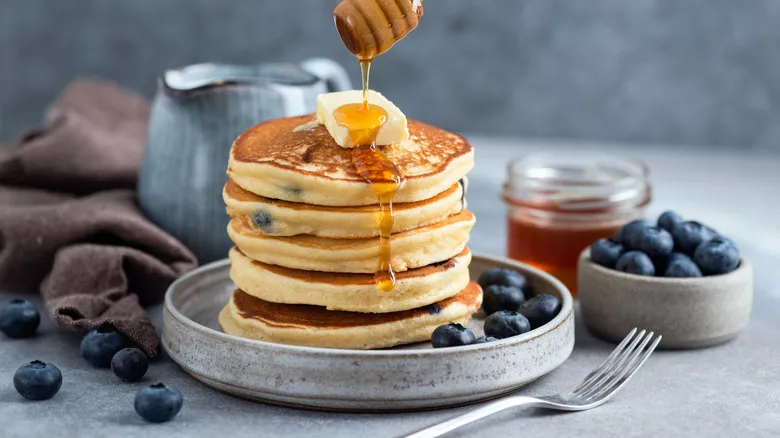Comparing buttermilk and sour cream
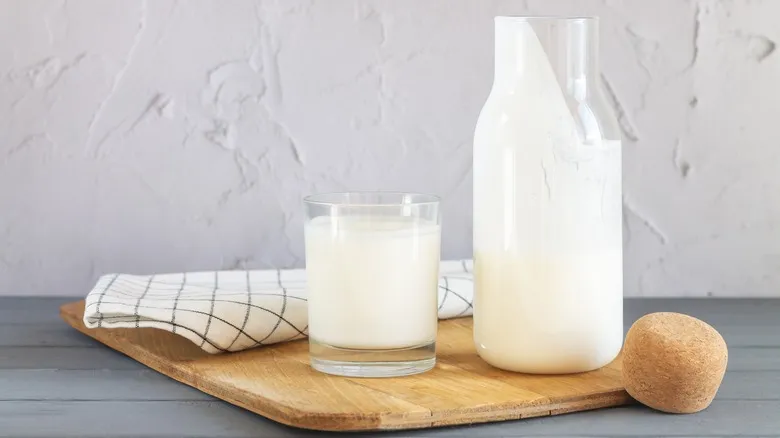
Although buttermilk and sour cream are both dairy products, they differ significantly in their production methods. Buttermilk is created by introducing lactic acid bacteria to milk, which consume lactose (the sugar found in milk) and generate lactic acid, resulting in the characteristic low pH of buttermilk. In contrast, sour cream is produced by adding lactic acid bacteria to cream, which also leads to lactic acid production, giving it a sour taste.
Due to the different base ingredients (milk versus cream), the fat and water content in these two dairy products varies. Buttermilk contains a higher water content (around 90%) and a lower fat content (approximately 0.5%), while sour cream has a lower water content (74% or less) and a higher fat content (between 15% and 25%). These differences in chemical composition lead to distinct physical characteristics: buttermilk is thick yet pourable, whereas sour cream is much thicker and not pourable. Furthermore, the reduced moisture in sour cream contributes to its tangier flavor compared to buttermilk.
Given these distinctions, how can one use sour cream as a substitute for buttermilk in pancakes? It turns out that with a few adjustments, you can easily create delicious upgraded pancakes.
How to add sour cream to your pancake recipe
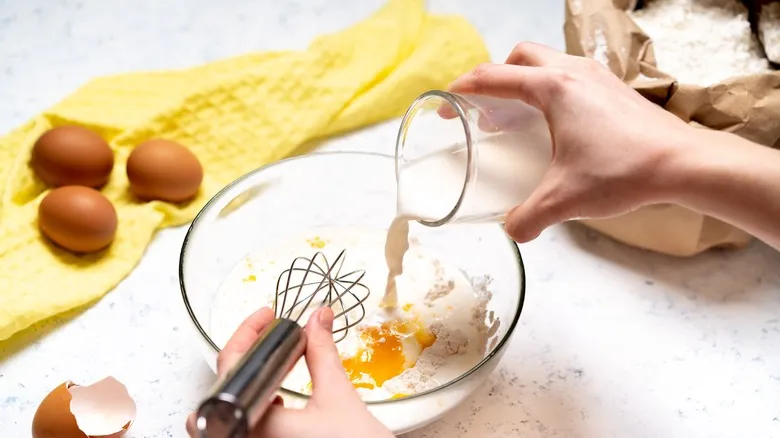
Let’s clarify one important point: there’s no set amount or ratio for incorporating sour cream into pancake recipes, as it ultimately depends on personal taste. However, if you find yourself without buttermilk and are unsure how to use sour cream as a substitute, a good guideline is to mix the sour cream with a liquid (typically milk, though water can work too) to achieve a moisture level similar to that of buttermilk.
For instance, for every cup of buttermilk, you can replace it with either ½ cup of sour cream combined with ½ cup of milk or ¾ cup of sour cream mixed with ¼ cup of water. Some may prefer a lighter blend, opting for a mixture of 25% sour cream and 75% milk.
That said, using sour cream in pancakes isn’t solely about substituting buttermilk. If you’re looking to enhance your pancakes with a richer and tangier flavor, feel free to use both sour cream and buttermilk. For example, you could add a cup of sour cream to each batch of pancakes. In this case, you might need to reduce the other dairy ingredients in the recipe to maintain the overall liquid balance in the batter. For example, a recipe that calls for 2 cups of buttermilk and ½ cup of milk could be adjusted to include 1 cup each of buttermilk and sour cream. Experiment with these ratios to discover what works best for you.
Recommended
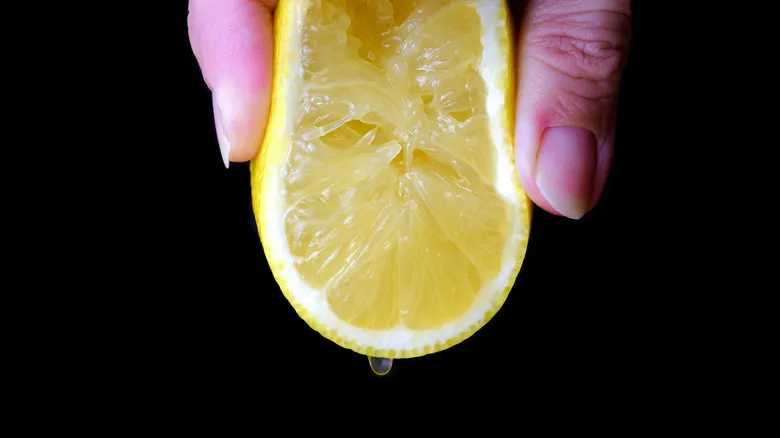
5 Tips And Tricks To Squeeze Out Every Last Drop Of Lemon Juice
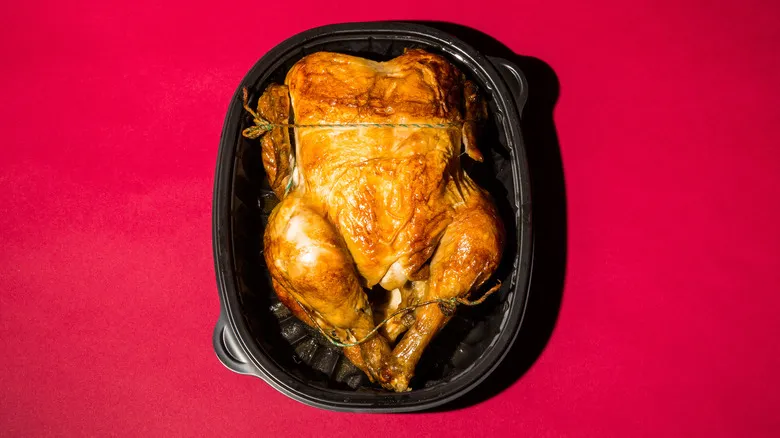
Here's How Long Rotisserie Chicken Lasts In The Fridge

Ina Garten's Hack To Avoid Over-Salting Dishes
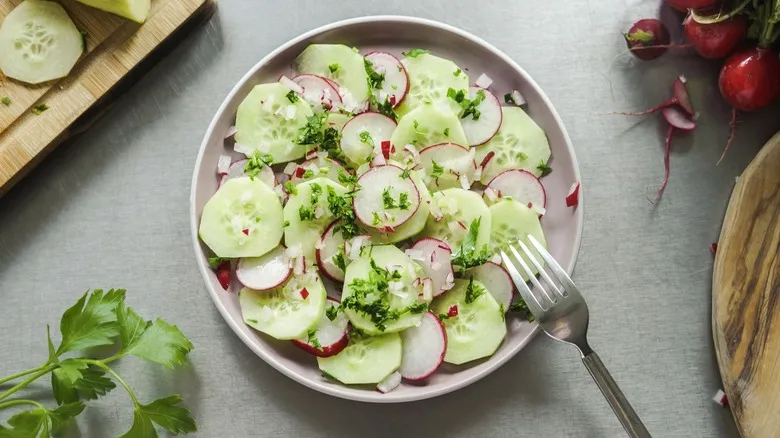
Alice Waters' Pro-Tip For Perfectly Crunchy Cucumber Salads
Next up

